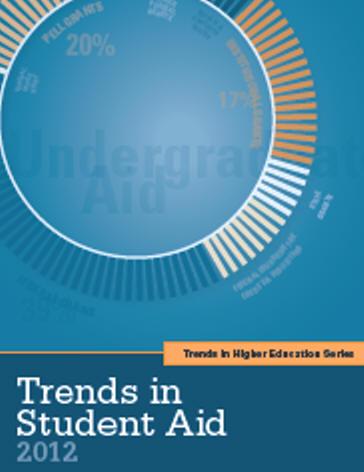In a recent article published in the Chronicle of Higher Education, its author cited a study by the American Council on Education that found that "50 percent of American chief academic officers said insufficient funds were a source of frustration." Colleges and universities, the writer continued, are, of necessity, "becoming more efficient and productive, developing new business models, adjusting their strategic ambitions and their organizational shape."
What effect are these changes having in the medium and long-term? At MSUM, the years 2008 to 2010 were devoted to careful budget management, using a hiring freeze in 2009 to prevent layoffs, and creating a new structure to oversee spending. Beginning in 2011, the president initiated another review of graduation requirements (see the new Liberal Arts and Sciences Curriculum) and established new guidelines for course development and approval. In addition, after a review of the traditional college-department structure, a new organizational shape has emerged through a realignment of departments into new colleges. The ultimate object of the new structure is to manage the University's budget efficiently without sacrificing the quality that students at MSUM have always received in the classrooms.
But it remains a taxing struggle, because for every house lost in the 2008 collapse, every overdrawn credit account closed, every job lost, there was inevitably someone -- often several some ones -- who had to forsake his or her dream of college. Over the past four years, most colleges have seen promising students leave after a semester or two because they simply could not pay for the education they wanted. MSUM's own retention rate, which was at a record high in mid-2008, just before the recession, remains a serious concern.
Which is why the realignment was implemented, and why steps were taken to maintain a reserve fund for the coming years. In the words of President Szymanski at the opening of the Fall 2012 semester, "each student who leaves without a degree costs the university in loss of both tuition revenue and reputation. This is in addition to students’ debt and other losses. But if you were to weigh our challenges against our assets – in particular an exceptional faculty and clear focus on individual student success – the scales tip immediately and clearly in our favor. Yes we have challenges, but being candid about these challenges allows us to overcome these matters. As leaders of this institution, we find assurance by continually remembering and referring to our great grads and excellent faculty and staff. We are truly an excellent university!"

 How
has the 2008-12 financial crisis affected higher education? That is a
question that educators continue to ask one another. In America, the
crisis that began with the collapse of some major mortgage insurers and banks in
2008 swiftly expanded to envelope all facets of the national economy --
thousands of families lost homes, unemployment rose above ten percent, state and
local governments had their finances plunge into deficits. No part of
education could remain immune to this, and schools nationwide soon felt the
pinch of smaller budgets, layoffs and, for colleges and universities, falling
enrollments.
How
has the 2008-12 financial crisis affected higher education? That is a
question that educators continue to ask one another. In America, the
crisis that began with the collapse of some major mortgage insurers and banks in
2008 swiftly expanded to envelope all facets of the national economy --
thousands of families lost homes, unemployment rose above ten percent, state and
local governments had their finances plunge into deficits. No part of
education could remain immune to this, and schools nationwide soon felt the
pinch of smaller budgets, layoffs and, for colleges and universities, falling
enrollments.